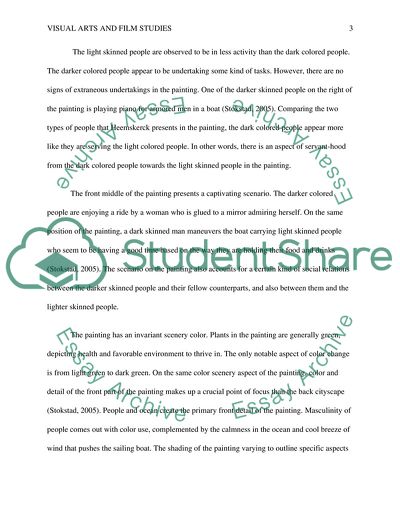Cite this document
(Allegory of Nature by Marten Van Heemskerck Essay Example | Topics and Well Written Essays - 1250 words, n.d.)
Allegory of Nature by Marten Van Heemskerck Essay Example | Topics and Well Written Essays - 1250 words. https://studentshare.org/visual-arts-film-studies/1779165-critical-art-essay-easy-work
Allegory of Nature by Marten Van Heemskerck Essay Example | Topics and Well Written Essays - 1250 words. https://studentshare.org/visual-arts-film-studies/1779165-critical-art-essay-easy-work
(Allegory of Nature by Marten Van Heemskerck Essay Example | Topics and Well Written Essays - 1250 Words)
Allegory of Nature by Marten Van Heemskerck Essay Example | Topics and Well Written Essays - 1250 Words. https://studentshare.org/visual-arts-film-studies/1779165-critical-art-essay-easy-work.
Allegory of Nature by Marten Van Heemskerck Essay Example | Topics and Well Written Essays - 1250 Words. https://studentshare.org/visual-arts-film-studies/1779165-critical-art-essay-easy-work.
“Allegory of Nature by Marten Van Heemskerck Essay Example | Topics and Well Written Essays - 1250 Words”. https://studentshare.org/visual-arts-film-studies/1779165-critical-art-essay-easy-work.


